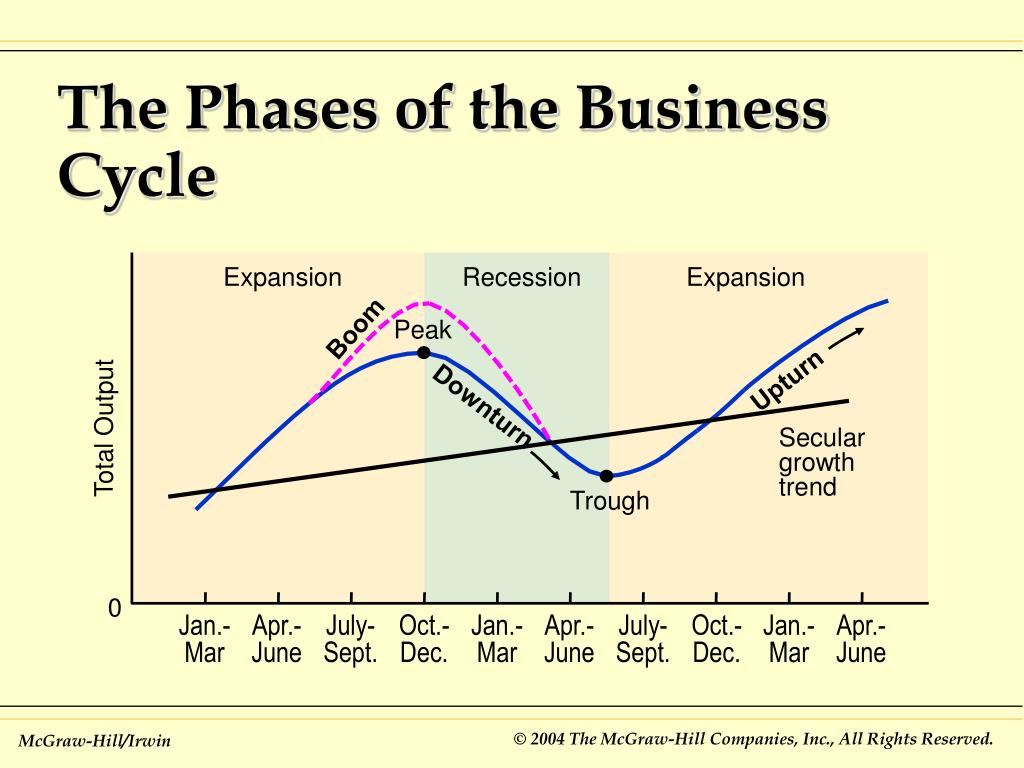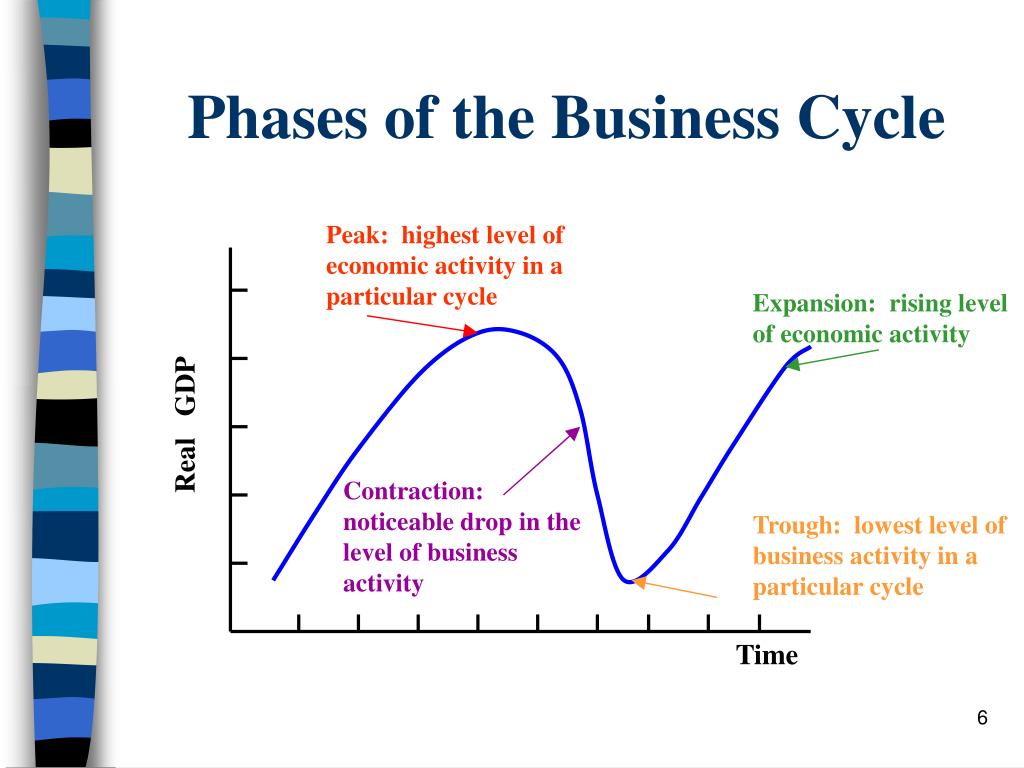What Are The Phases Of The Business Cycle
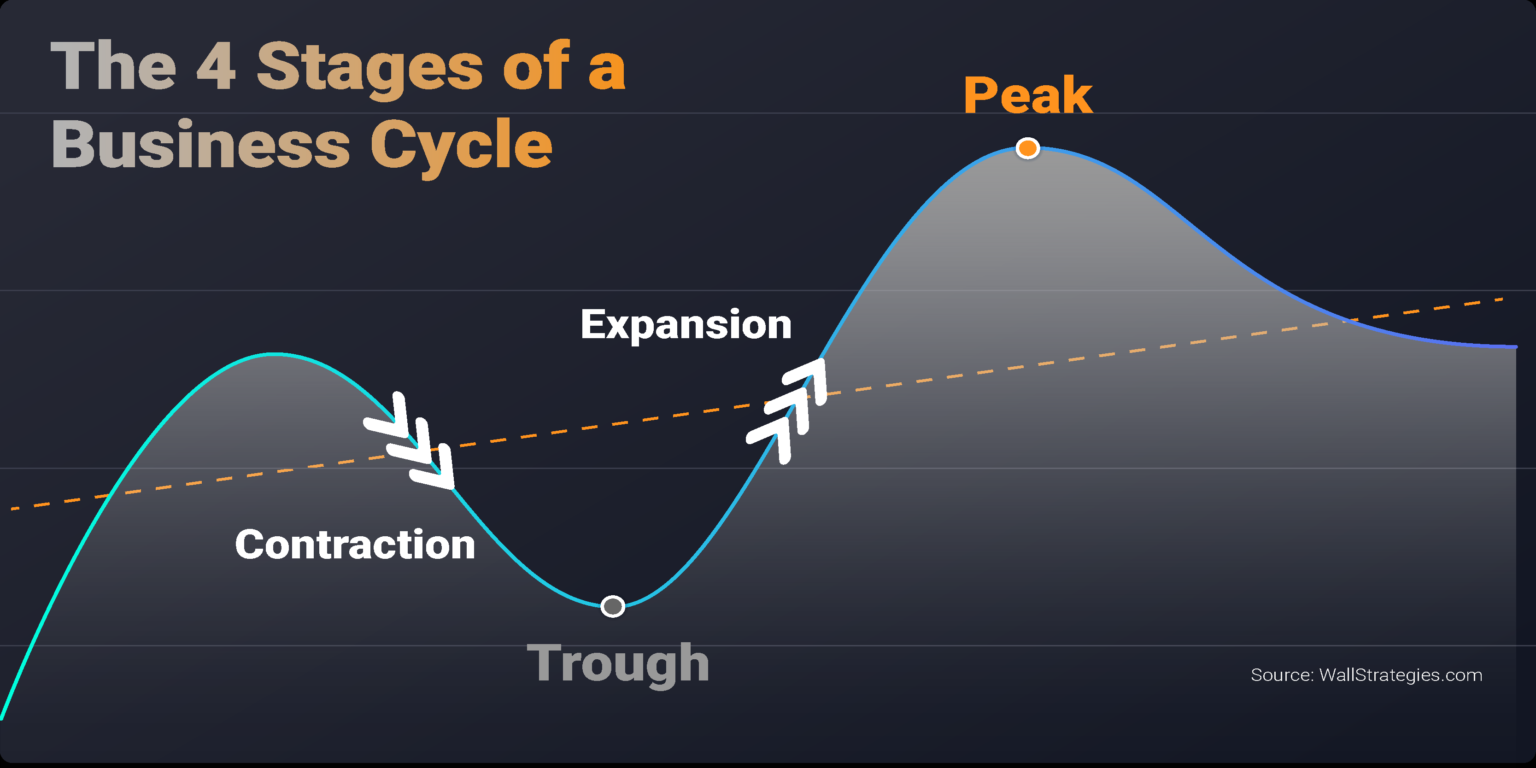
Imagine a rollercoaster, not the kind that makes your stomach drop, but one that subtly ebbs and flows, carrying the hopes and fortunes of businesses and individuals alike. This isn't a theme park ride; it's the economy, constantly moving through phases, impacting everything from your job security to the price of groceries.
At the heart of understanding economic shifts lies the business cycle: a recurring but not periodic sequence of economic expansion and contraction. Recognizing these phases empowers individuals and businesses to make informed decisions, navigate challenges, and capitalize on opportunities as the economic landscape shifts.
Understanding the Business Cycle
The business cycle, at its core, describes the fluctuations in economic activity that an economy experiences over time. These fluctuations are measured by indicators like Gross Domestic Product (GDP), employment rates, and consumer spending.
While the length and intensity of each cycle can vary, the phases remain consistent, offering a framework for understanding where the economy stands and where it might be headed.
Phase 1: Expansion - Growth and Optimism
The expansion phase is characterized by a period of sustained economic growth. During this phase, businesses are thriving, investment is on the rise, and unemployment is falling.
Consumers are optimistic, spending freely, and borrowing becomes easier as interest rates remain relatively low.
New businesses emerge, existing ones expand, and overall, there's a general sense of prosperity in the air.
Phase 2: Peak - Reaching the Summit
The peak represents the highest point of economic activity in the business cycle. This is where economic growth reaches its maximum potential.
Demand starts to outstrip supply, potentially leading to inflation, and businesses may find it difficult to expand further due to capacity constraints.
Consumer confidence might start to wane as prices rise, signaling a potential shift in the economic tide.
Phase 3: Contraction - Slowdown and Caution
The contraction phase, also known as a recession, marks a period of economic decline. During this phase, GDP falls, unemployment rises, and consumer spending decreases.
Businesses may scale back operations, reduce investment, and even lay off employees to cope with the downturn. The National Bureau of Economic Research (NBER) is generally accepted as the final arbiter of when a recession begins and ends in the United States.
This phase is often marked by increased uncertainty and a more cautious approach to financial decisions.
Phase 4: Trough - Hitting Rock Bottom
The trough represents the lowest point of economic activity in the business cycle. At the trough, economic activity bottoms out, and the economy is at its weakest.
Unemployment is typically at its highest, and consumer confidence is at its lowest. However, this is also the point where the seeds of recovery are sown.
As demand bottoms out, prices stabilize, and businesses begin to reassess their strategies, setting the stage for the next expansion.
The Significance of Understanding the Business Cycle
Understanding the business cycle is crucial for informed decision-making at all levels. For businesses, it provides insights into when to invest, expand, or scale back operations.
For investors, it helps in making strategic investment choices, shifting portfolios between asset classes based on the economic climate.
Furthermore, governments use this knowledge to implement fiscal and monetary policies aimed at stabilizing the economy and mitigating the impact of recessions. For instance, during the contraction phase, the government might implement stimulus packages or lower interest rates to encourage spending and investment, as stated by the Federal Reserve.
Looking Ahead
The business cycle is an inherent part of the economy, a rhythm that shapes our financial lives. While predicting its precise timing and intensity remains a challenge, understanding its phases provides a valuable framework for navigating the economic landscape.
By staying informed, adaptable, and prepared, we can all ride the economic rollercoaster with greater confidence and resilience.
/businesscycle-013-ba572c5d577c4bd6a367177a02c26423.png)


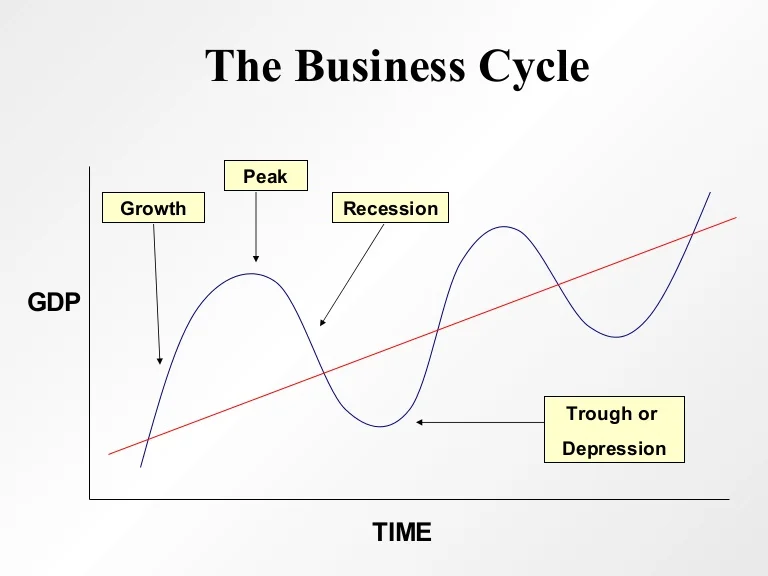
.png)
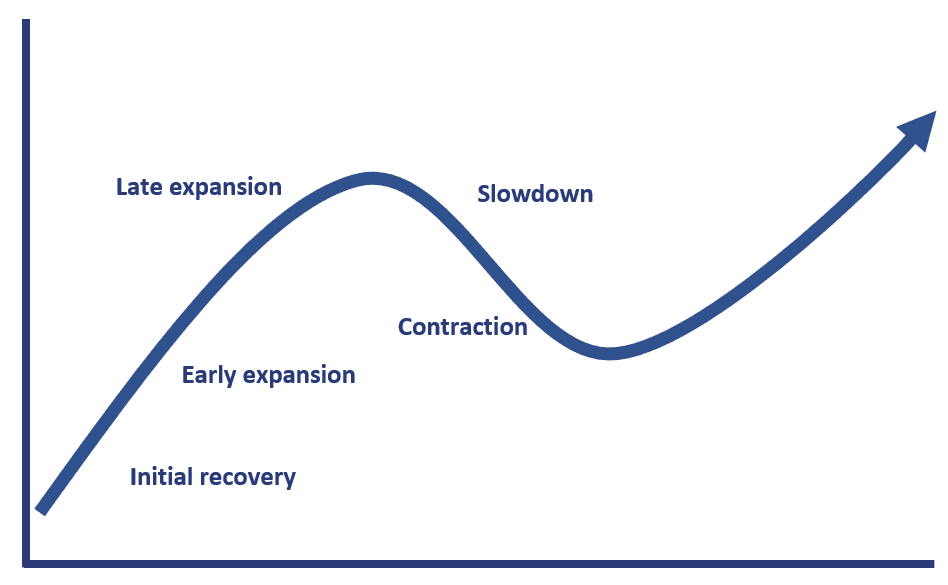

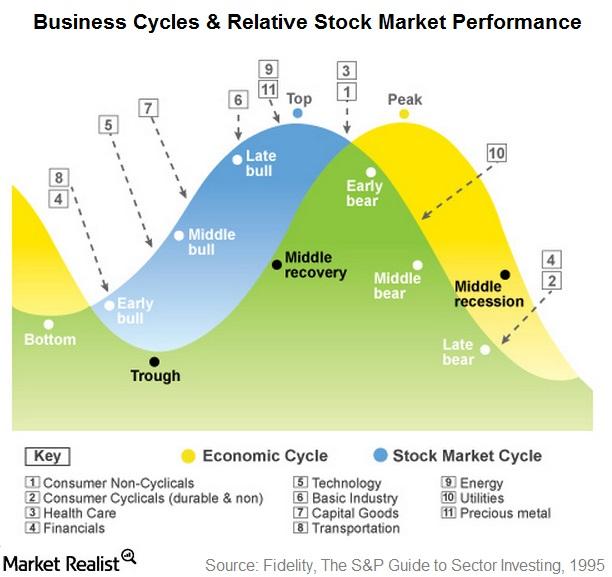
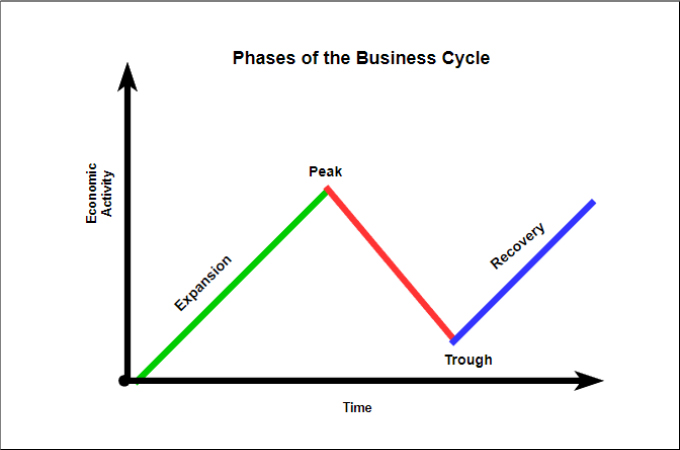
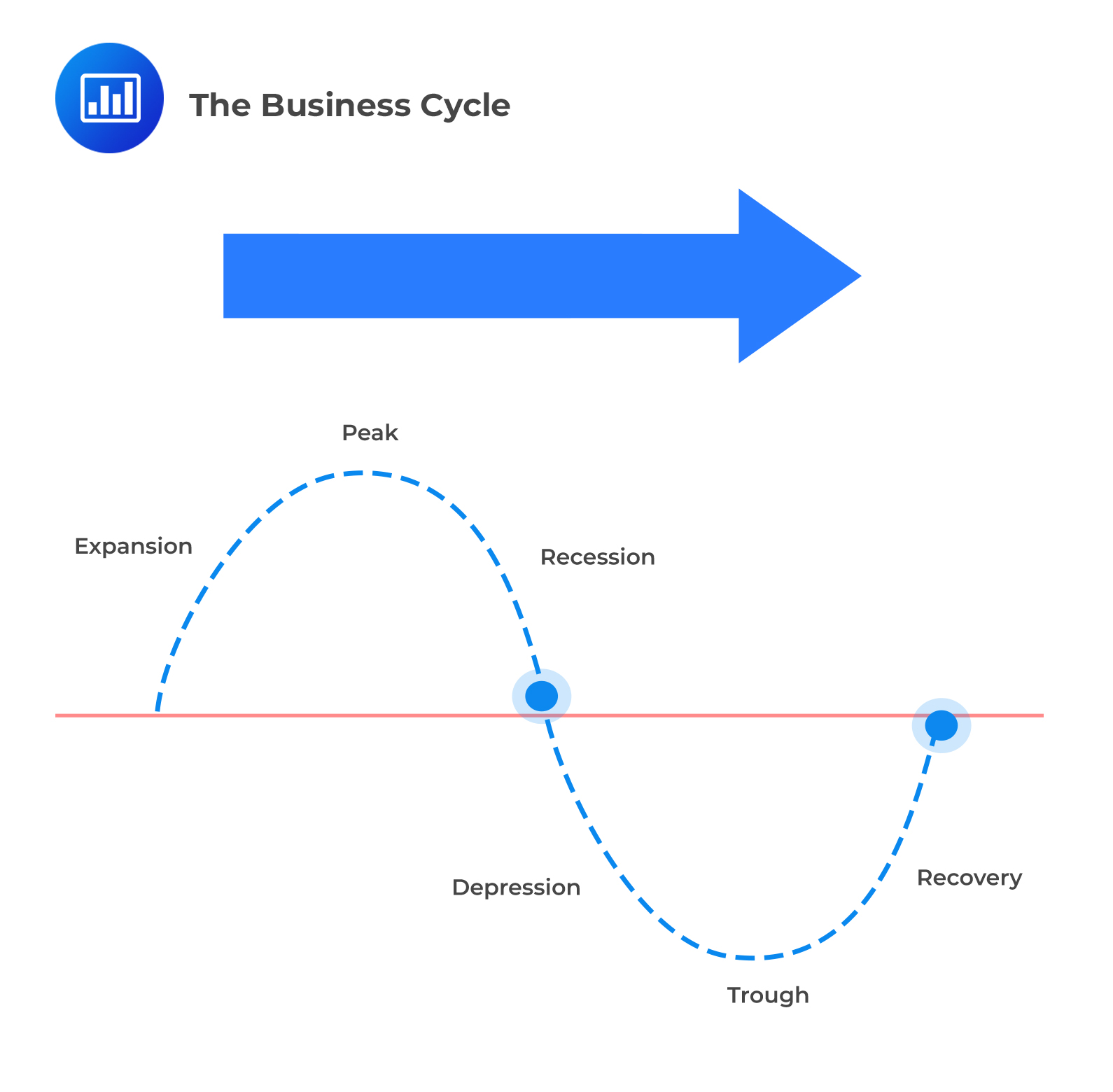
:max_bytes(150000):strip_icc()/businesscycle-013-ba572c5d577c4bd6a367177a02c26423.png)



